Disclosure: This article contains affiliate links. We may earn a commission from purchases at no extra cost to you, which helps our travel content.
While I typically find myself beneath the vast, star-studded skies of rural plains, my recent expedition to Mexico City revealed an urban landscape with its own unique constellation of experiences. As someone accustomed to tracking celestial movements across unobstructed horizons, navigating this sprawling metropolis offered a different kind of orientation challenge. Though I'm writing this as a male traveler, I've compiled this guide based on extensive conversations with female solo travelers I met during my stay, including astronomers attending the same conference who ventured through the city alone. Their insights, combined with my methodical observations of safety patterns, cultural nuances, and unexpected pockets of tranquility, form the foundation of this guide. Mexico City—with its rich tapestry of history, art, and surprising astronomical connections—deserves thoughtful exploration, especially for women traveling independently.
Safety Fundamentals: Navigating Mexico City's Urban Constellation
Safety in Mexico City follows patterns as predictable as planetary movements, once you understand the fundamental principles. The city operates with distinct rhythms across its various colonias (neighborhoods), each with its own security profile that shifts from day to night.
During my visit, I applied the same methodical approach I use when planning astronomical observations: research thoroughly, prepare accordingly, and remain situationally aware. Female travelers I interviewed consistently emphasized the importance of confident movement. As Mariana, an astrophysicist from Chile, noted, "Walking purposefully, as if you know exactly where you're going—even when you don't—significantly reduces unwanted attention."
Neighborhoods like Condesa, Roma Norte, and Polanco form a safety belt that most solo female travelers find comfortable navigating, even after sunset. However, just as certain celestial events are best viewed at specific times, some areas of the city are best explored during daylight hours, including parts of the historic center once the shops close.
Transportation requires particular attention. The metro system is efficient and economical (5 pesos per journey—approximately 25 cents USD), but female travelers should utilize the women-only cars during rush hours, identifiable by their pink signage. For evening transportation, rideshare services like Uber provide reliable, trackable movement across the urban landscape, typically costing 80-150 pesos (4-8 USD) for most city journeys.
I recommend carrying a reliable portable charger at all times. Cell phone battery failure in an unfamiliar urban environment can be as disorienting as losing your star chart in the middle of a night observation.
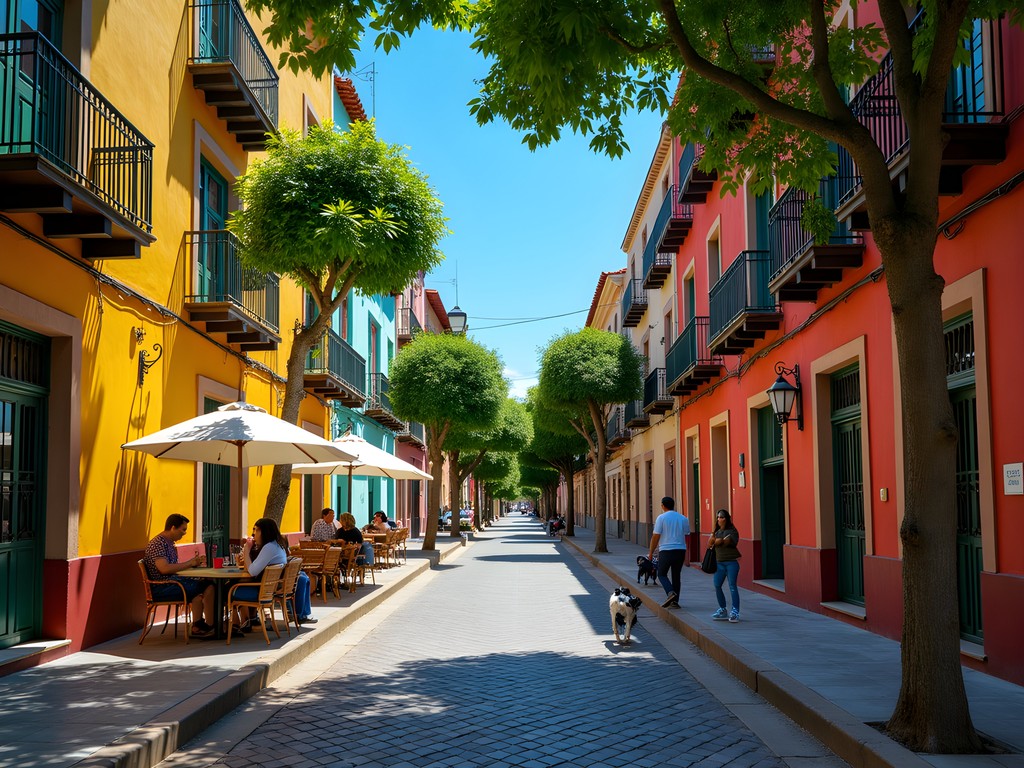
💡 Pro Tips
- Use the women-only metro cars during rush hours (identified by pink signs)
- Keep digital maps downloaded for offline use to navigate confidently
- Carry a portable doorstop for additional hotel room security
Cultural Immersion: The Anthropology Museum and Frida Kahlo's Universe
Mexico City houses cultural treasures that rival the magnificence of any celestial event I've documented. The National Museum of Anthropology (Museo Nacional de Antropología) stands as perhaps the most impressive repository of Mesoamerican artifacts in existence, with its famous Aztec Calendar Stone serving as a profound reminder of ancient astronomical knowledge.
During my visit, I spent nearly six hours methodically exploring its halls, marveling at how pre-Columbian civilizations tracked celestial movements with remarkable precision without modern instruments. For the solo female traveler, this museum offers both intellectual stimulation and a secure environment with consistent security presence and organized tour groups you can temporarily join for added comfort.
Equally compelling is Casa Azul, Frida Kahlo's home in Coyoacán. This cobalt-blue sanctuary reveals the universe of one of Mexico's most revolutionary female artists. What struck me most was how Kahlo's work, like the best astronomical observations, transforms personal experience into universal insight.
Julia, a calligrapher from Toronto whom I met during a museum tour, commented that as a solo female visitor, she found Casa Azul particularly moving: "Standing in Frida's space, you feel the presence of a woman who defined her own boundaries and created on her own terms—it's empowering."
Both locations get crowded, so I recommend purchasing tickets online in advance. For Casa Azul specifically, book at least a week ahead through the official website to secure your preferred time slot. The museum allows entry at specific times to control visitor flow, making advance planning essential.
Documenting these visits requires a reliable camera. My compact camera proved ideal for museum photography, offering excellent low-light performance without being obtrusive or requiring a tripod that might violate museum policies.
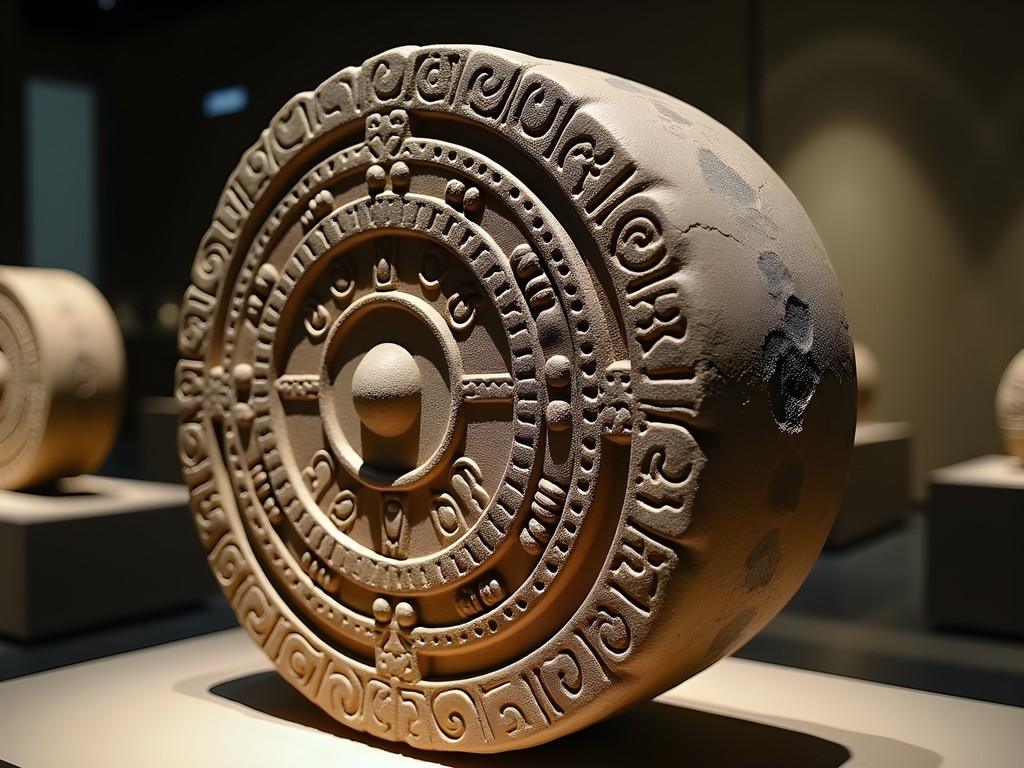
💡 Pro Tips
- Book Casa Azul tickets online at least one week in advance
- Visit the Anthropology Museum on weekday mornings to avoid crowds
- Join the free English tours offered at both museums for added safety and insights
Astronomical Connections: Mexico City's Hidden Celestial Sites
Few travelers realize that Mexico City, despite its urban sprawl and light pollution, maintains significant connections to astronomical observation and heritage. For those who share my passion for celestial bodies, several sites offer unique perspectives on humanity's relationship with the night sky.
The ancient city of Teotihuacan, located just 30 miles northeast of Mexico City, represents one of the most profound astronomical alignments in the Americas. Its main thoroughfare, the Avenue of the Dead, aligns perfectly with the setting sun during specific equinoxes. While this site requires a day trip outside the city proper, solo female travelers I spoke with found organized tours to be both safe and enriching. The tour company Viator offers women-friendly group options with hotel pickup for approximately 550 pesos ($27 USD).
Within the city itself, the ancient ruins of Tlatelolco present another astronomical connection. This lesser-known archaeological site features structures aligned with significant celestial events and typically sees fewer tourists than other attractions, though I recommend visiting before 4 PM for safety considerations.
For a modern astronomical experience, the Planetarium at Universum (Museo de las Ciencias) offers excellent programming about Mexican contributions to astronomy and regular sky observation sessions. During my visit, they featured a special exhibition on women in astronomy across cultures that provided fascinating historical context.
Perhaps most surprising was my discovery of the rooftop observatory at the Biblioteca Vasconcelos, a spectacular modern library. On clear Thursday evenings, they offer free telescope sessions open to the public. I spent a memorable evening here with a group of local astronomy enthusiasts who were exceptionally welcoming to foreign visitors.
For these evening astronomical activities, I recommend carrying a reliable headlamp with a red light setting that won't interfere with night vision—essential for navigating after dark while preserving your ability to observe celestial details.

💡 Pro Tips
- Join organized tours to Teotihuacan rather than attempting independent visits
- Check the Universum website for women-in-science special events
- Visit the Biblioteca Vasconcelos rooftop observatory on Thursday evenings for free stargazing
Culinary Navigation: Safe and Authentic Food Experiences
Exploring Mexico City's culinary landscape requires the same methodical approach I apply to tracking celestial movements—careful observation, pattern recognition, and local guidance. For solo female travelers, food safety concerns often intersect with physical safety considerations, creating a unique navigational challenge.
Street food, while integral to authentic Mexican culinary experience, requires selective engagement. I developed a reliable system based on conversations with local female astronomers and food safety patterns: observe vendor hygiene practices, select stalls with high turnover (indicating freshness), and look for a predominantly local clientele. Vendors who handle money and food with the same hands present higher risk profiles, similar to how certain viewing conditions compromise astronomical observations.
Mercado de San Juan offers a controlled environment for culinary exploration. This market features everything from exotic ingredients to prepared foods in a setting where solo female travelers reported feeling comfortable and secure. The vendors here maintain consistent quality standards and many speak basic English.
For solo dining experiences, certain restaurants have emerged as particularly accommodating. Contramar in Condesa welcomes solo diners at their bar with attentive service that never makes you feel conspicuous. Café Nin provides a perfect morning observation post, where you can linger with a book without unwanted attention. Lardo in Condesa offers counter seating where the staff naturally include solo diners in conversation if desired.
Perhaps most valuable for solo female travelers is the Colonia Roma Food Tour, which I joined alongside several women traveling independently. Beyond the obvious culinary education, these tours provide safe group dynamics while exploring multiple neighborhoods, essentially creating a protective formation similar to how astronomers often work in groups during remote observations.
Staying hydrated is essential during culinary exploration, but Mexico City's tap water presents known risks. I recommend carrying a reliable water purifier bottle that eliminates pathogens and chemicals, allowing you to refill safely throughout the day without generating plastic waste.
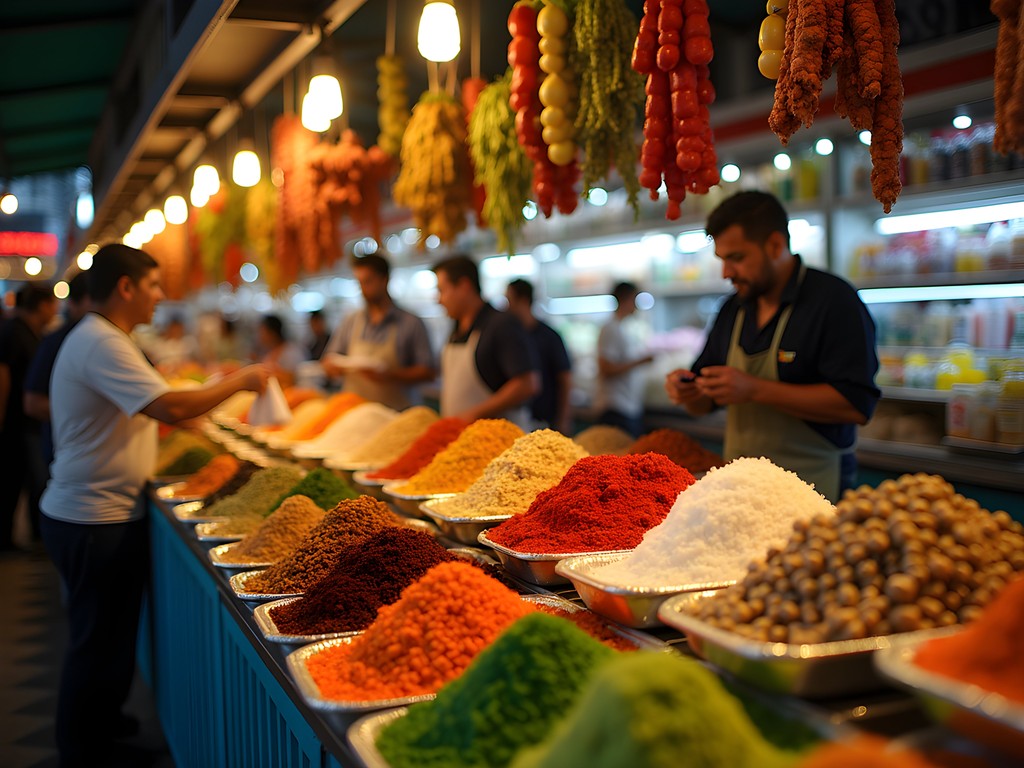
💡 Pro Tips
- Look for street food vendors wearing gloves and hairnets who handle money and food separately
- Book counter seats at upscale restaurants for comfortable solo dining experiences
- Join food tours early in your trip to identify safe vendors and restaurants for later independent visits
Urban Sanctuaries: Finding Peace in Mexico City's Parks and Museums
Just as dark sky reserves offer respite from light pollution, Mexico City contains remarkable urban sanctuaries where solo female travelers can find moments of tranquility amid the metropolitan intensity. These spaces provide not only physical safety but also the psychological security of unhurried contemplation.
Chapultepec Park—one of the largest urban parks in the Western Hemisphere—functions as Mexico City's green lung and cultural heart. The park's scale allows for multiple visits, each focused on different sections. Female travelers consistently cited the park's main paths and lake area as comfortable spaces for solo exploration during daylight hours. The park houses multiple museums, with the Castillo de Chapultepec offering panoramic city views that help orient new visitors to the urban layout—similar to how I use prominent celestial bodies to establish directional bearings.
For a more intimate green space, Parque México in Condesa provides a perfectly scaled urban oasis. The Art Deco details, abundant seating, and consistent presence of dog-walkers and families create a environment where female travelers reported feeling at ease even when visiting alone. The park's central pergola often hosts free weekend concerts and cultural events worth investigating.
The Soumaya Museum represents another form of sanctuary—its distinctive curved façade housing an impressive private art collection with free admission. Beyond the artistic merit, several women noted the museum's excellent security, clean restrooms, and comfortable café as practical amenities that made it an ideal respite during long days of exploration.
For those seeking quiet contemplation, the Japanese Garden within Chapultepec Park offers a meticulously maintained space where you can sketch, read, or simply observe in peace. During my visit, I noticed several solo female travelers using this space as a midday retreat, their presence undisturbed.
Documenting these tranquil spaces often requires capturing both wide landscapes and architectural details. I rely on my compact binoculars which serve double duty—allowing me to observe distant architectural details during the day and transition to basic astronomical observation when night falls, all while remaining compact enough for city exploration.
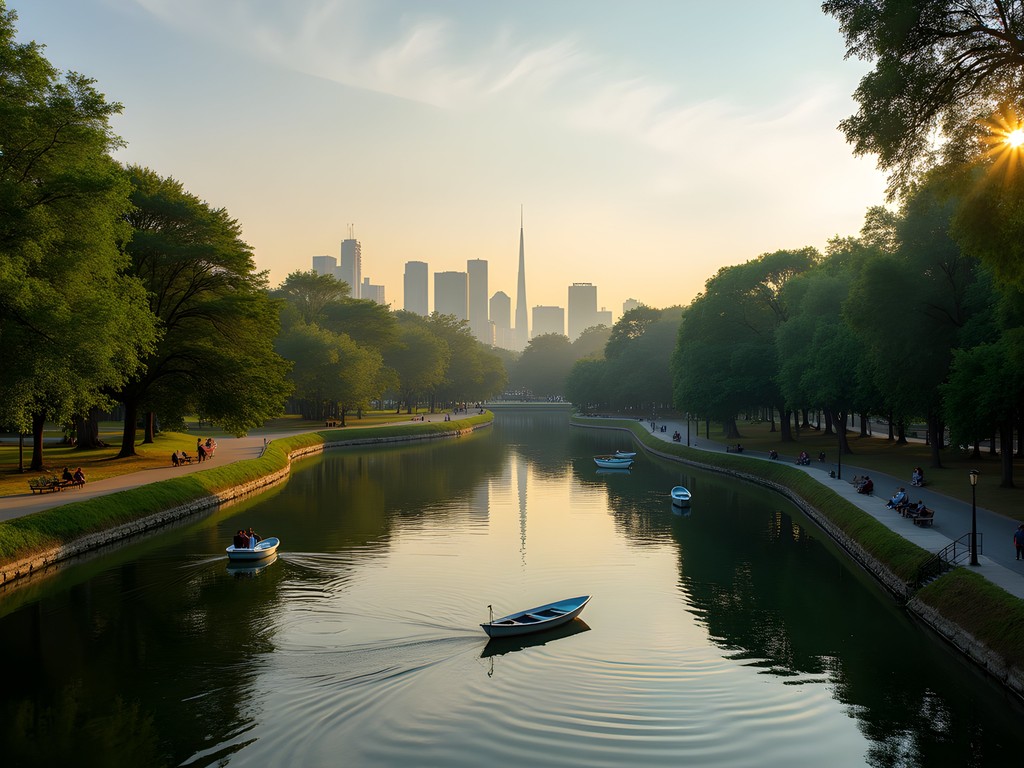
💡 Pro Tips
- Visit Chapultepec Park on weekday mornings to avoid weekend crowds
- Use the Soumaya Museum as a free air-conditioned rest stop with clean facilities
- Check cultural center websites for women-only events and workshops throughout the city
Final Thoughts
Mexico City reveals itself as a complex urban galaxy—vast, occasionally overwhelming, yet ultimately navigable with proper preparation and awareness. For the solo female traveler, this metropolis offers rich rewards that justify the careful planning required. From ancient astronomical alignments at Teotihuacan to the quiet sanctuary of the Japanese Garden, the city contains multitudes of experiences that can be safely accessed with the right approach. As with any astronomical observation, timing matters—certain neighborhoods transform from welcoming to concerning after dark, while others maintain their hospitable character around the clock. By applying methodical preparation, maintaining situational awareness, and connecting with local knowledge, solo female travelers can experience Mexico City's cultural treasures, culinary delights, and even celestial connections without compromising safety. I encourage you to chart your own course through this remarkable urban landscape, where ancient astronomical knowledge and contemporary cultural evolution continue to intersect in fascinating ways.
✨ Key Takeaways
- Research and map safe neighborhoods before arrival, focusing on Condesa, Roma Norte, and Polanco as home bases
- Utilize women-only transportation options and ride-sharing services for evening travel
- Connect with organized tours and cultural events to build temporary communities while exploring
- Trust your instincts—if an area feels uncomfortable, redirect to established safe zones
📋 Practical Information
Best Time to Visit
November through April (dry season)
Budget Estimate
$40-60 USD per day excluding accommodation
Recommended Duration
5-7 days
Difficulty Level
Moderate


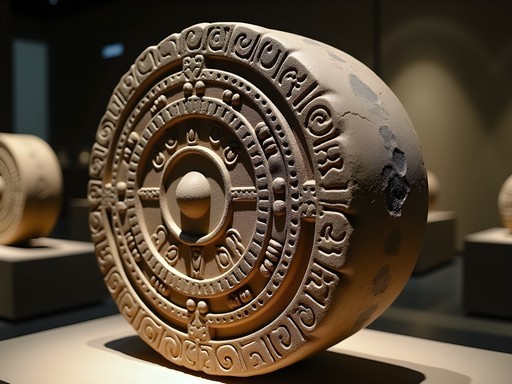
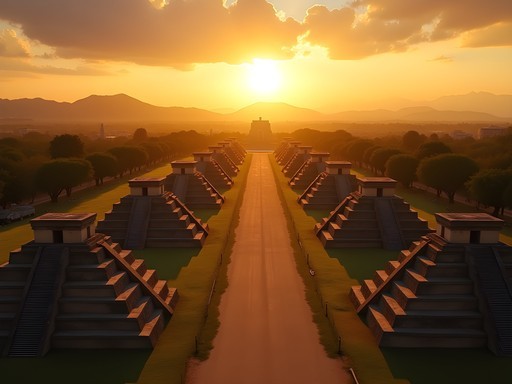
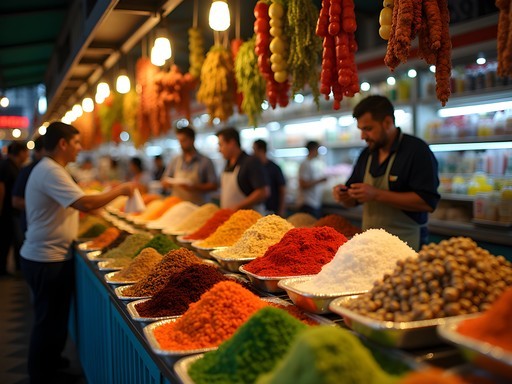
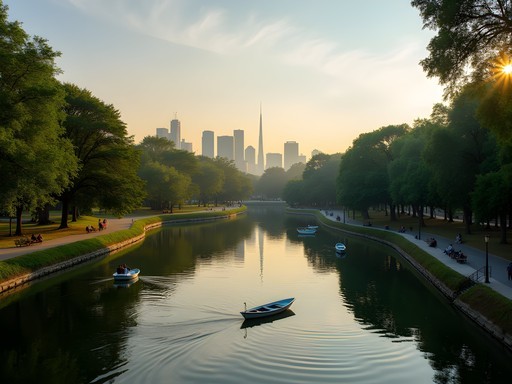


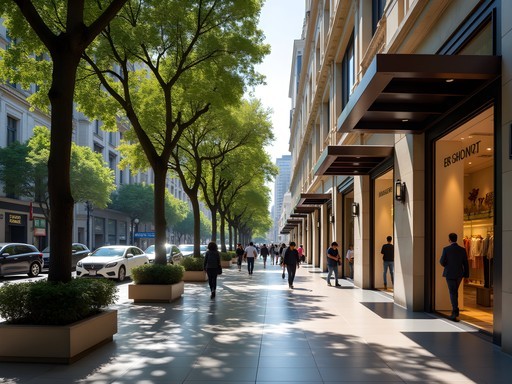
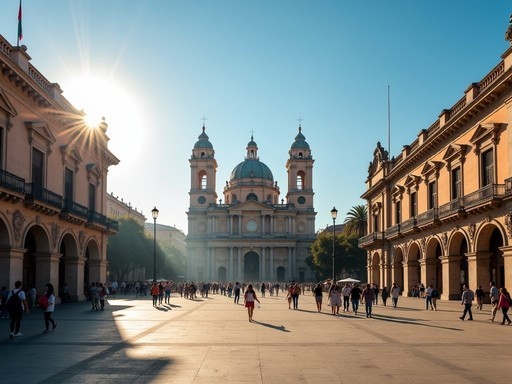
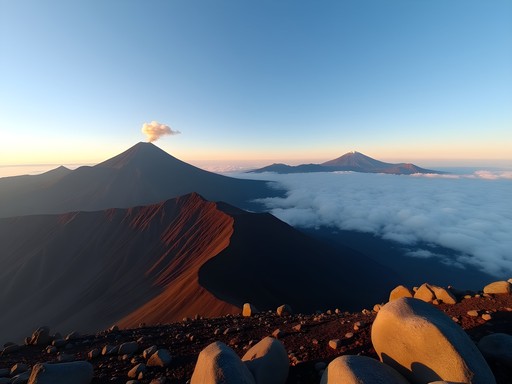
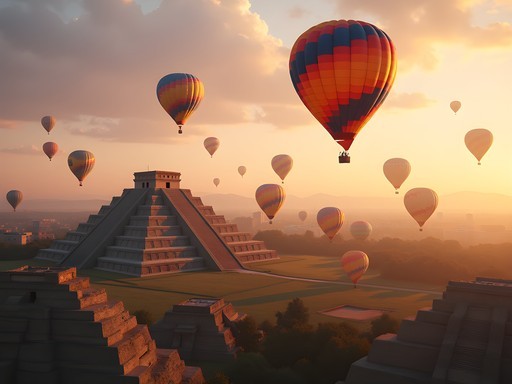

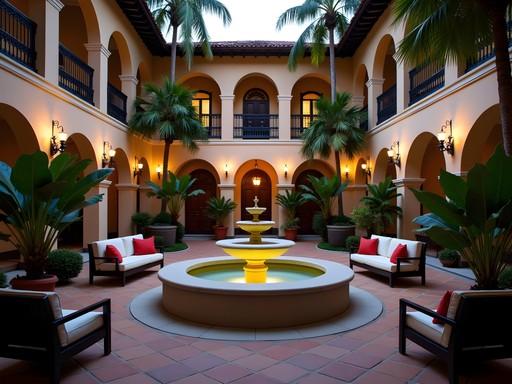
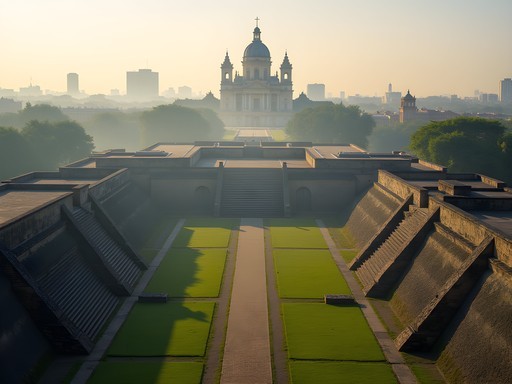
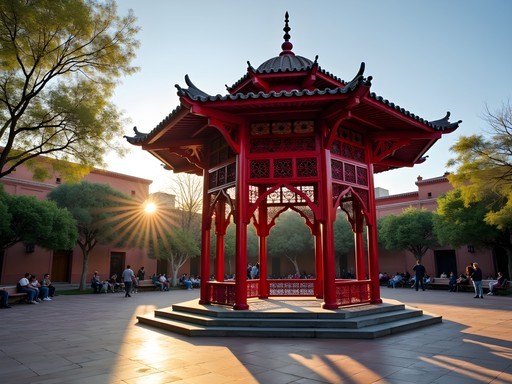
Comments
Marco Suzuki
Anthony, I appreciate your astronomical perspective on Mexico City - quite a unique lens! Your safety advice aligns with my experiences, though I'd add that the city's crime statistics have improved significantly in central tourist areas over the past two years. The data shows a 17% reduction in petty theft targeting tourists since 2023. One underrated safety tip: the city's official tourist police speak English and can be identified by their white and light blue uniforms - they're stationed at major attractions and are genuinely helpful, not looking for bribes like some travelers fear. For those interested in the celestial connections you mentioned, I'd also recommend the Cuicuilco Archaeological Zone - less visited but has a circular pyramid with astronomical alignments that predate Teotihuacan.
islandadventurer5448
Just got back from Mexico City last week and followed many of these tips! The section on food safety saved me - I brought my water purifier bottle everywhere and had zero stomach issues while my travel buddy wasn't so lucky. One thing to add - the Ciudadela Market was amazing for authentic crafts without the tourist markup. Much better prices than the shops near the main attractions.
coolmaster
Did anyone use public transportation there? Is Uber better?
greenchamp
Used both. Metro during day = cheap & fast. Uber after dark = safer option.
Stephanie Romano
Anthony, your guide perfectly captures the duality of Mexico City - the safety concerns balanced with the incredible cultural experiences. I traveled there with my teenage daughter last spring, and we felt completely comfortable following similar precautions. One tip I'd add for solo female travelers: we stayed at Condesa DF hotel, which has excellent security and is in a neighborhood where we felt safe walking even in early evening. The rooftop restaurant there also offers a perfect sanctuary when you need a break from the city's intensity. The Frida Kahlo Museum was definitely a highlight for us too - but book tickets online weeks in advance! We nearly missed it because it was sold out.
coolmaster
Was Condesa DF expensive? Looking for safe but mid-range options.
Stephanie Romano
It's definitely on the pricier side. For mid-range, check out Hotel Carlota in Cuauhtémoc or Chaya B&B in Centro Histórico - both safe options with good security.
wavemood
Just booked my tickets after reading this! So excited!
dreamphotographer
Love the celestial metaphors throughout this post! I visited Mexico City last year and was blown away by the Anthropology Museum. Could have spent days there! Did you get a chance to visit Teotihuacan? The pyramids there have such amazing astronomical alignments.
wanderzone
Great post! I'm planning a solo trip to Mexico City next month. How safe is the metro for a solo female traveler? Any areas to avoid at night?
Marco Suzuki
I found the metro quite safe during daylight hours, especially lines 1, 2, and 7. After 9pm, I'd recommend rideshare apps instead. Avoid Tepito area regardless of time - that's standard advice for any visitor, not just solo female travelers.
wanderzone
Thanks so much for the specific advice, Marco! That helps a lot with my planning.
Stephanie Romano
Anthony, I love how you've woven your astronomy background into this city guide! As someone who typically travels with family but has done Mexico City solo, I found your safety tips spot-on. My story: I was initially nervous about visiting Frida Kahlo's house alone, but it turned out to be such a powerful, introspective experience without having to manage my kids' attention spans! The blue walls and her personal artifacts tell such an intimate story. One tip I'd add for solo female travelers - consider staying at a boutique hotel with a front desk rather than an Airbnb, especially for your first visit. The staff can provide invaluable local advice and an extra layer of security. The rooftop at Hotel Carlota became my evening sanctuary for journaling about the day's adventures! Beautiful guide that captures both the practical and the poetic sides of this magnificent city.
Anthony Davis
Thanks for the kind words, Stephanie! That's a fantastic tip about boutique hotels - the local knowledge from staff is indeed invaluable. And I completely agree about Frida's house - there's something about experiencing it at your own pace that really lets you connect with her story.
nomadzone
I'm planning my first international solo trip and Mexico City is top of my list! This guide makes me feel so much more confident. Are the food tours mentioned in the culinary section worth the price? A bit nervous about street food but don't want to miss out.
adventureace
Food tours are 100% worth it! I did one in Roma Norte and not only was everything safe to eat, but the guide showed us places I never would have found on my own. Plus you learn about the culture through food!
Bryce Diaz
Anthony, your astronomical metaphors throughout this piece are *chef's kiss*! As someone who's visited CDMX solo multiple times, I think you've captured the essence perfectly. I'd add that the metro system is actually quite efficient and safe during daytime hours (though definitely avoid rush hour if you're claustrophobic). One spot I'd add to your celestial sites is the Cuicuilco Archaeological Zone - it has a circular pyramid that some believe had astronomical functions. Much less crowded than Teotihuacan but fascinating in its own right. For solo female travelers, I always recommend carrying a anti-theft crossbody which has served me well in crowded areas like Zocalo and the markets. Great post overall!
Venture X
Premium card with 2X miles, $300 travel credit, Priority Pass